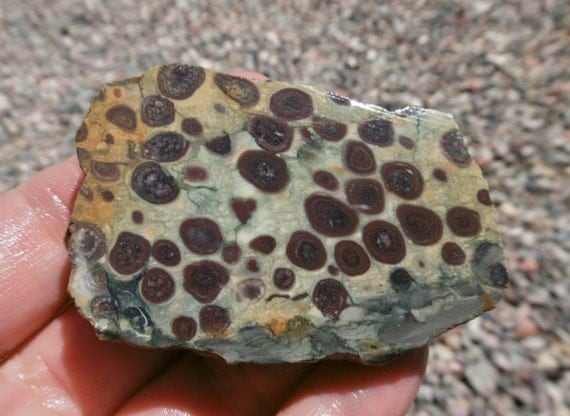
Although diatom-rich sediments are found worldwide in various environments, of various ages and various settings, the terminology for classifying high accumulations of diatom frustules in sediment is not consistent in the literature, particularly in the Quaternary literature. Diatom test preservation is sensitive to temperature and pH biogenic silica dissolves faster with increasing pH (>8) and temperature (Alexander et al., Reference Alexander, Heston and Iler1954). Diatom growth is dependent on many environmental factors, such as dissolved silicon availability, phosphorus and nitrogen availability, pH, salinity, and light (Battarbee et al., Reference Battarbee, Jones, Flower, Cameron, Bennion, Carvalho, Juggins, Smol, Birks, Last, Bradley and Alverson2002). Similarly, cold-water regions, such as the productive Antarctic convergence zone, have sufficient nutrient and dissolved silicon supply that diatom-rich sediments are formed (Flower et al., Reference Flower, Elias and Mork2013).Ĭonger ( Reference Conger1942) hypothesized that the requirements for diatomaceous accumulation are to have (1) conditions favourable for diatom growth, and (2) a reduced accumulation of other sedimentary constituents that would dilute the concentration of the siliceous tests of diatoms. In the oceanic environment, high biogenic silica accumulations occur in the equatorial Pacific Ocean, where diatoms grow in zones fed by continental siliceous dust and nutrients brought by upwelling. However, high diatom concentrations in sediment also have been observed in lakes with no volcanic or hydrothermal influence, for example in lakes of Northern Sweden (Frings et al., Reference Frings, Clymans, Jeppesen, Lauridsen, Struyf and Conley2014) or Lough Neagh, Ireland (Plunkett et al., Reference Plunkett, Whitehouse, Hall, Brown and Baillie2004). In these settings, the high dissolved silicon concentrations promote the growth of diatoms (Wallace, Reference Wallace2003). Massive accumulations of fossil diatom frustules have been observed in multiple lakes situated in silica-rich environments, especially in volcanic and hydrothermally active areas, such as Yellowstone Lake, US (Theriot et al., Reference Theriot, Fritz, Whitlock and Conley2006), Lake Myvatn, Iceland (Opfergelt et al., Reference Opfergelt, Eiriksdottir, Burton, Einarsson, Siebert, Gislason and Halliday2011), or Lake Challa, Tanzania/Kenya (Barker et al., Reference Barker, Hurrell, Leng, Plessen, Wolff, Conley, Keppens, Milne, Cumming, Laird, Kendrick, Wynn and Verschuren2013). In marine environments, accumulations of diatom-rich sediments extend back to the Late Cretaceous (Harwood et al., Reference Harwood, Nikolaev and Winter2007), whereas the oldest diatom-rich lake sediments are from the Eocene (Flower et al., Reference Flower, Elias and Mork2013), with large deposits found in the Miocene (Bradbury and Krebs, Reference Bradbury and Krebs1995). Accumulations of diatoms are known from all aquatic environments including wetlands, lakes, and the marine environment (Clarke, Reference Clarke2003).

In many lakes worldwide, as well as in marine environments, diatoms are an important component of phytoplankton populations. Greater burial depth and higher temperatures result in porosity loss and recrystallization into porcelanite, chert, and pure quartz. Here we pose the question: What is diatomite? What quantity of diatoms define a sediment as diatomite? Is it an uncompacted sediment or a compacted sediment? We provide a short overview of prior practices and suggest that sediment with more than 50% of sediment weight comprised of diatom SiO 2 and having high (>70%) porosity is diatomaceous ooze if unconsolidated and diatomite if consolidated. In sedimentological literature, “diatomite” is defined as a friable, light-coloured, sedimentary rock with a diatom content of at least 50%, however, in the Quaternary science literature diatomite is commonly used as a description of a sediment type that contains a “large” quantity of diatom frustules without a precise description of diatom abundance. When diatoms accumulate in large numbers in sediments, the fossilized remains can form diatomite.

Unicellular algae called diatoms, which form a siliceous test or frustule, are an ecologically and biogeochemically important group of organisms in aquatic environments and are often preserved in lake or marine sediments.

Different types of biogenic remains, ranging from siliceous algae to carbonate precipitates, accumulate in the sediments of lakes and other aquatic ecosystems.


 0 kommentar(er)
0 kommentar(er)
